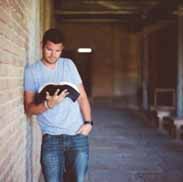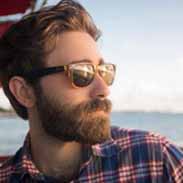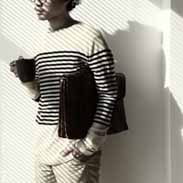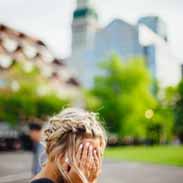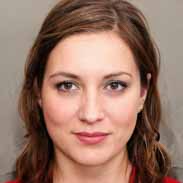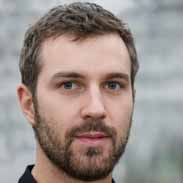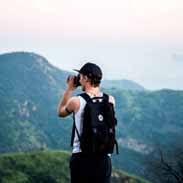Democratic Republic Of Congo Flashcards, test questions and answers
Discover flashcards, test exam answers, and assignments to help you learn more about Democratic Republic Of Congo and other subjects. Don’t miss the chance to use them for more effective college education. Use our database of questions and answers on Democratic Republic Of Congo and get quick solutions for your test.
What is Democratic Republic Of Congo?
The Democratic Republic of Congo is a central African nation located in the heart of the continent. It is bordered by nine other countries and is one of the largest countries in Africa. The DRC has an estimated population of over 77 million people, making it one of the most populous nations in Africa. The country has been struggling with instability since gaining independence from Belgium in 1960, with civil war, corruption, and human rights abuses continuing to plague the nation today. The economy of the Democratic Republic of Congo (DRC) is heavily dependent on its natural resources such as cobalt, copper, diamonds, gold and timber amongst other minerals. This has led some to call it the resource curse as despite being one of the richest countries on earth in terms of natural resources, poverty continues to remain rampant throughout much of the country. In 2017, it was estimated that 72% percent were living below the poverty line. Additionally there are still many ongoing armed conflicts within DRC between armed groups who fight for control over resources and territory as well as various rebel movements against government forces. This has led to widespread displacement within DRC with millions internally displaced persons due to conflict-related violence and displacement camps straining under inadequate health care provision and sanitation facilities further leading to internal instability throughout much fo DRC. Despite these difficulties there are a number initiatives being implemented with support from international partners such as United Nations peacekeeping mission MONUSCO which seeks to create stability through deployment or armed troops or providing humanitarian aide among other activities while also increasing access to basic services such as healthcare or education while working towards a more sustainable future for all Congolese citizens by supporting economic development programs that aim at reducing inequality and creating jobs among others activities.

